This week, VPQHC proudly joins healthcare organizations nationwide in celebrating Medical Laboratory Professionals Week—a time to recognize the essential contributions of laboratory professionals to patient care, public health, and the overall quality of our healthcare system.
Although their work often happens behind the scenes, medical laboratory professionals are at the heart of healthcare delivery. From routine blood tests to complex diagnostics, their expertise informs decisions that directly impact patient outcomes and population health.
Did you know? Approximately 70% of clinical decisions are based on laboratory test results. That statistic underscores just how central lab professionals are to ensuring safe, effective, and timely care.
In recognition of the critical role these professionals play, Governor Phil Scott has issued an official state proclamation honoring Medical Laboratory Professionals Week in Vermont. This acknowledgment highlights their impact and raises awareness of the profession’s importance across the state.
Click here to read the full proclamation: https://governor.vermont.gov/sites/scott/files/documents/Medical%20Laboratory%20Professionals%20Week%20%28Proclamation%2025-50%29.pdf
At VPQHC, we recognize and deeply appreciate the dedication, precision, and professionalism of Vermont’s laboratory workforce. Your work supports every corner of our healthcare system—and helps build healthier communities across the state.
Thank you for all you do.
#LabWeek #MedicalLaboratoryProfessionals #VermontHealthcare #HealthcareQuality #PublicHealth
